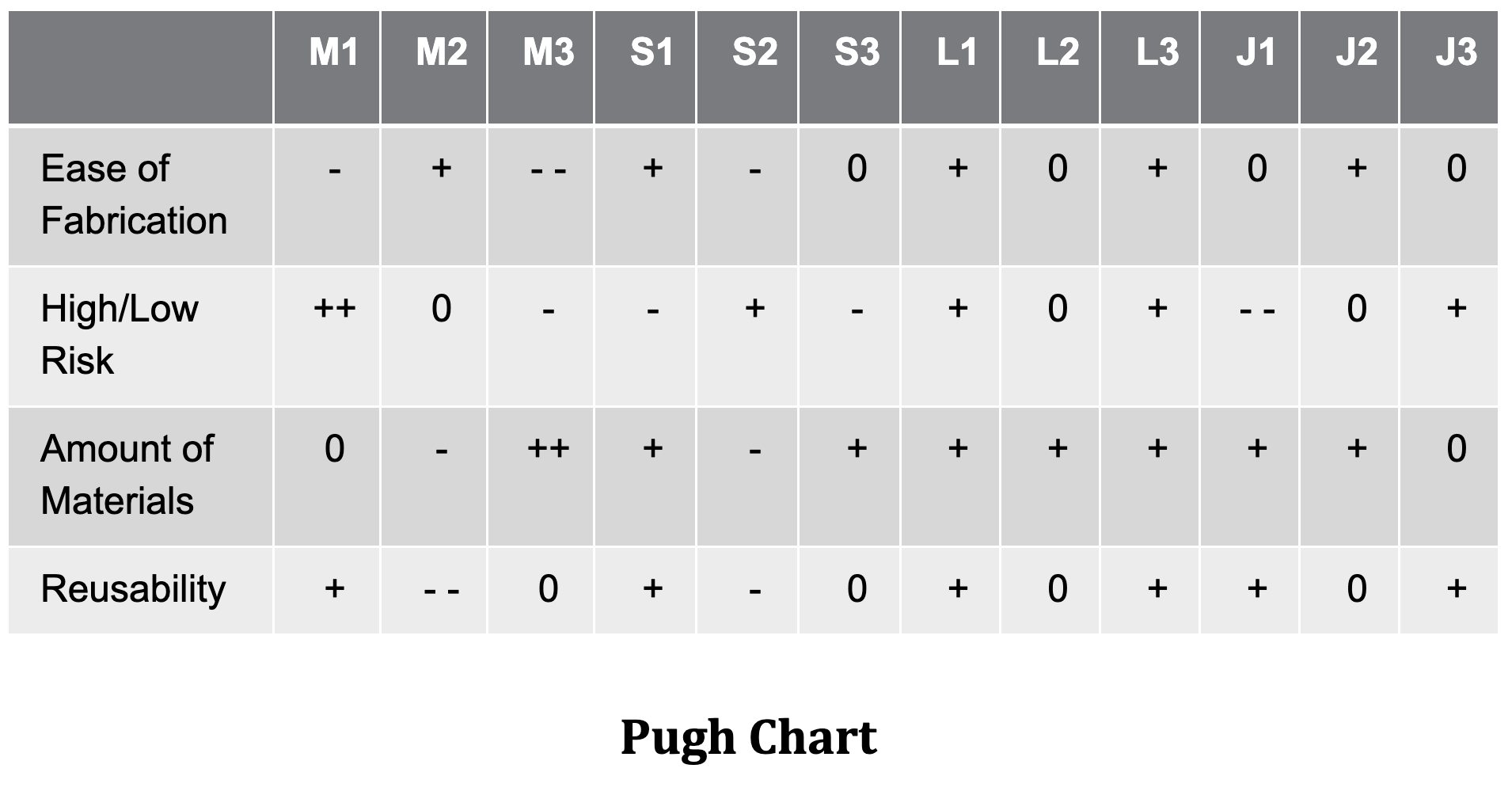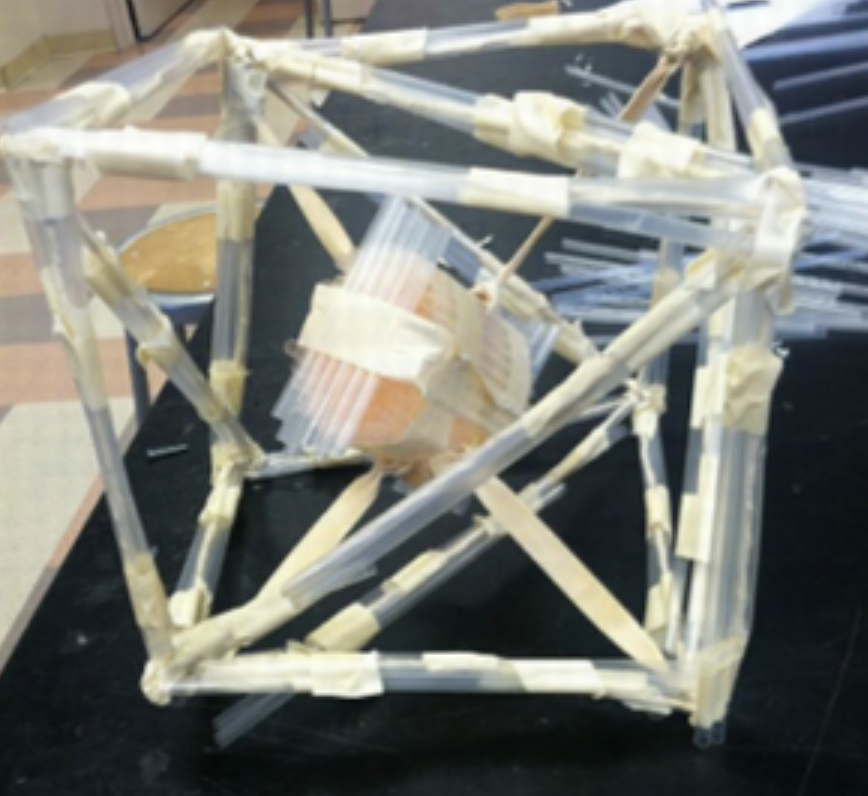Better than the Egg Drop Challenge
Do you want to teach scientific inquiry, creativity, and the design process?
The egg drop contest is a common science K-12 project, but students never learn why their egg broke or survived, and they often do not get a chance to redesign.
As an engineer, I rarely get my design perfect the first time around, and I want to guide my redesign with data. I also love high-speed video capture, which is now possible on modern iPhone and Android phones.
Introducing the water balloon drop with high-speed video capture.
Instead of a single egg, we give teams of high schoolers a bucket of water balloons.
Student teams are given materials to build a protective structure for a water balloon.
An iPhone or Android phone with slow-motion mode (high frame rate) is set near the ground to capture the impact.
The structures are dropped at increasing height until the water balloon bursts.
The students analyze the videos, develop hypotheses as to why the balloon bust, and use their creativity to develop new design concepts to test.
How to Encourage Creativity and Teamwork in Design
Require that each student come up with at least 3 initial concepts for protective structures.
Sketch them out and list the Pros and Cons.
I have my students use the Spatial Vis to develop their sketching skills before the project.
Students share their concepts with teammates and together they select a single concept to build and test.
After the drop each student documents hypotheses for the balloon burst.
Teamwork and Concept Comparison
Create teams and begin by having each student present their 3 concepts to the rest of the team. They then select an initial concept to pursue. To implement this step, each team developed a Pugh Chart comparing the various concepts, indicating pros as + and ++, cons as – and --, and baseline as 0. The figure below shows an example Pugh chart created.
Building
Material List
500 drinking straws
300” of transparent tape (1 roll)
5 rubber bands size 84
10 rubber bands size 18
4 additional balloons can be used in each drop event. These additional balloons can be filled with air, water, cut into pieces, etc.
Nuts and bolts from the left-over bin
High-Speed Video Capture
In Slow Motion settings, most smartphones can record at 120 or 240 frames per second (fps). Have a tripod or a student sourcing film the impact. For more advanced setups see the bed of nails video and camera under a plexiglass sheet.
Team Presentation
Logistics
Hand out the Challenge Guidelines and Concept Generation Assignment, available below, a few days before the drop project to give students time to sketch out their concepts.
Have teams share design concepts with each other and create a Pugh Chart to help select the first design concept to pursue.
Build
PDF Downloads
This exercise was implemented in the California State Summer School for Mathematics and Science [COSMOS] which was co-taught with Professors Raymond de Callfaon and Veronica Eliason.
For more details see Recursive Water Balloon Drop: A Design Process Exercise published by the American Society of Engineering. Education.
Resources
Delson, N. (2015, June), Recursive Water Balloon Drop: A Design Process Exercise Paper presented at 2015 ASEE Annual Conference & Exposition, Seattle, Washington. 10.18260/p.24655
Author
Nathan Delson, Ph.D.
is a teaching professor in Mechanical Engineering at the UC San Diego and Co-founder of eGrove Education. He teaches introductory design, mechanics, mechatronics, capstone design, medical devices, and product design & entrepreneurship. His interests in design education include increasing student motivation, teamwork, hands-on projects, and integration of theory into design projects.
Comment below to share your experiences of using this exercise in your classroom or contact us with any questions.








